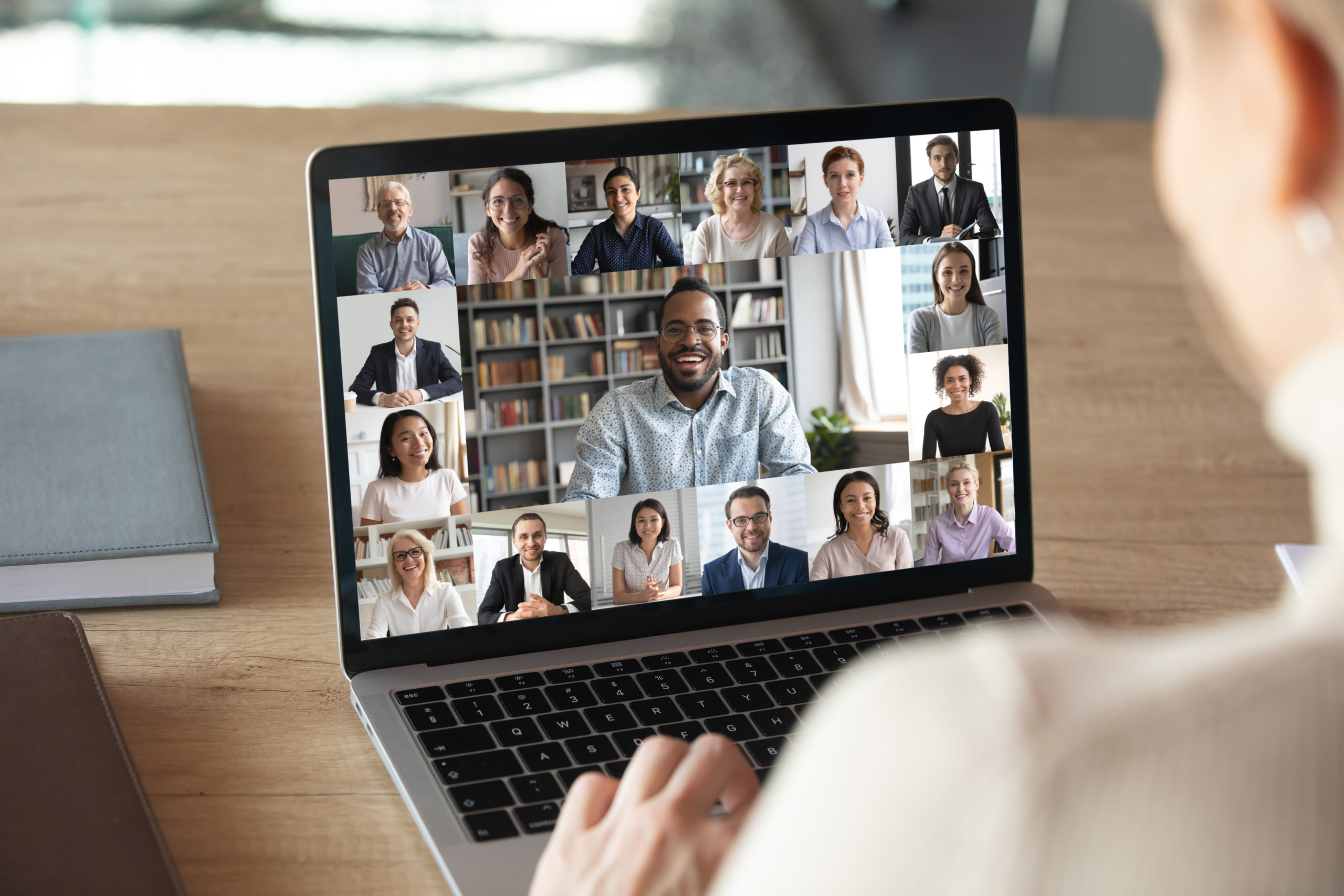Adapting Technology in Business and at Home!
10th February 2021

Who could have foreseen a year ago that we would be almost one year into a pandemic that has rocked the world? I have been amazed by the changes humanity has made to enable ourselves to ‘cope’ with this rollercoaster ride.
Technology has turned our world since time began. However, we are not always aware of what tech is out there until we need to use it ourselves. And wow, did we need to find it, learn it and use it in 2020! I would be highly surprised if the world has ever adopted technology, and new innovations, at such a rate (or at such a volume) as it did last year. And I do not solely mean for work purposes.
Working in healthcare has possibly never been as challenging as it is now. Of course ‘front line’ medical and emergency workers have faced the toughest roles. But those in support roles have also had to move quickly and adapt to new ways of working once COVID hit. GP’s, Optometrists, Dentists have all had to review their services and how they could continue to provide them. Even though technology for telephone consultations has been used for over a century and video calls were first trialed by doctors in Nebraska in 1964 (using telephone signals), neither were popular with healthcare professionals or patients. Patients have always wanted to see a clinician in person.
However, this mindset is evolving. Even before COVID, the National Health Service (8th January 2019) was looking to make telehealth and telemedicine a ‘standard of care’ in five years – a policy that the organisation said could save 500,000 lives. COVID has pushed this forward dramatically. Patients now need to be seen remotely for their own safety and that of clinicians and staff. Practices may not be open due to low staffing levels (self-isolating or unable to work due to having children at home). Patients are not wanting to leave the safety of their own homes. This has all led to the rapid adaptation of technology, which in turn has forced our hands into change. We should remember that not all COVID-led changes are a negative. The use of tech platforms and remote triage/working can have positive cost efficiencies whilst keeping us all safer.
- How has the pandemic and the use of technology affected me?
I am a single working mum of a four-year-old boy (a difficult challenge before COVID struck). As single working parents, during ‘normal’ times we ask ourselves many questions:
Am I a good parent?
Do work value me?
Am I enough?
Now in the pandemic I am juggling being a good parent, a valued member of the company and I do think I am enough, but every day feels like Groundhog Day! Shall we go for the same walk? Or the food shop (which is the most exciting thing of the week). The usual slight relief/things to look forward to – holidays, meals out, entertainment for my son is all gone.
However, it is not all doom and gloom. In my opinion, my work life has become more efficient. Businesses have realised we can still function without the face-to-face meet or going into the office daily. How? By good marketing, video communication, effective communication and working together as a team.
I joined Advanced Ophthalmic Systems in March 2020, two weeks before lockdown. I had a timetable full of meetings, a schedule full of training and set dates to go into the office. We had a fantastic two-day training and meeting programme in my first week, then BOOM! On the road diary – cleared. Planner – cleared. Make a new office at home – check. Adapt to a completely new lifestyle with my lovely three-year-old at the time asking “Mummy, how do I do this? Mummy, is it lunchtime yet? Mummy… Mummy… Mummy…” And yet I have still managed to entertain him, reset an effective diary, communicate and create rapport with my customers. Importantly, I have also been able to create great relationships with my colleagues – many of whom I have never actually met in the flesh.
Connecting with family, friends and work colleagues via video calls has been a great distraction to make you feel you are not alone. Quizzes, girls’ nights in with the team… different innovations to keep evening communication going. And this communication also translates to other challenges. In lockdown 1, seeing a GP or healthcare professional was almost impossible. We have learnt during the pandemic how to make this happen in other ways. Apps like ‘Ask My GP’ and Covid Symptom Tracker assist in us receiving medical help and advice without a panic.
So now, instead of an endless wait for an appointment and an even longer wait in the Health Centre (with an impatient four-year-old), I can be seen. I can have any fears alleviated or if required, I could have received treatment. I can organise a video call with a healthcare professional from the comfort of my home to know if a visit is really needed.
In late-2020, as we had all began to adapt to this new mode of life, I had a blocked Meibomian gland (MBG) that was painful. Instead of waiting for a GP or Optometrist appointment, I sent an image into a customer (an Eye Care Professional (ECP) who has been using our app). They very kindly looked at the images I sent and sent me a report. It was unusual to be the patient after demonstrating the AOS technology over the last few months. The patient experience, having received a telemed consultation and report, was excellent. From the image he advised hot compresses and massaging my lids. A further image sent a week later allowed the ECP to compare the two images and they were happy my treatment plan was working.
Had this been pre-COVID and without the help of the technology, I would potentially have waited five days for a GP or Optometrist appointment, by which time my MBG would have been more painful and more a challenge to treat.
So once we are back to a ‘sense of normal’, which of these changes – that have improved our day to day lives in the last 10 months – will stay?
Will we always be triaged online for a GP appointment?
Will we always be offered a ‘virtual examination’ prior to making that time-taking appointment?
Will we not be required to visit the office as regularly, or continue to work from home?
Less time waiting for appointments. Less time on the road. Less time in the office. Yet still performing. Still working. But with more time for living? We will wait and SEE!
By Natalie Kempson
AOS Business Development Manager

